Some say that to know a place, you have to try the local cuisine and eating habits. That’s why we already wrote about 7 foods and 7 drinks that you need to try while in Rio de Janeiro. Now, it’s time for sweets, candies, and desserts that are very popular in the Brazilian and Carioca cuisine.
If you’re one of those who can’t live without a dessert or when traveling, need to have a complete dining experience, be sure to read this article with the 7 sweets and desserts you should try during your visit to Rio de Janeiro.
1. Brigadeiro
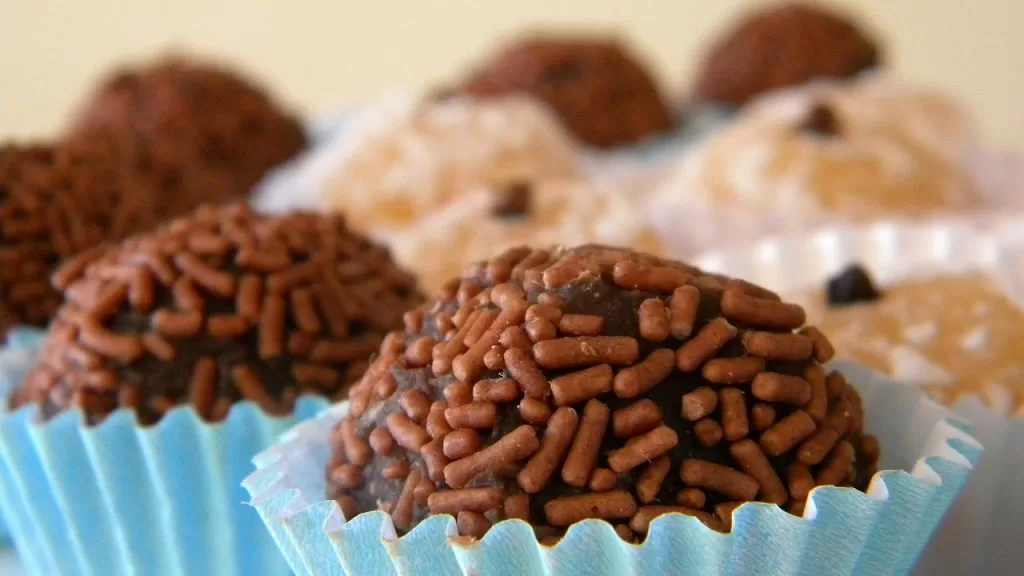
Brigadeiro, a Brazilian chocolate truffle (also known as fudge balls), was invented in Rio de Janeiro in honor of Brazilian Brigadier Eduardo Gomes in the 40s. He was a good looking, single guy who conquered a vast number of female fans that ended up creating this candy that now carries his title and is a true national passion.
It is the type of candy that you find in most birthday parties and is also the one that (almost) everyone knows how to make at home. The traditional mix takes chocolate, condensed milk, and butter. But the creativity of Brazilians is vast, and in small shops of the city, you find the most different variations: with white chocolate, lemon, nuts, stuffed, etc. It’s the perfect dessert or the ideal accompaniment to a mid-afternoon coffee.
Where to eat Brigadeiro?
Small stands inside malls or street vendor carts, in patisseries, bakeries, and even on Starbucks! But our favorites are:
Fabiana D’Angelo – Av. Afrânio de Melo Franco, 290 – Shopping Leblon
Brigadeiro Carioca – R. do Rezende, 11 – Lapa / Downtown
2. Bananada or Mariola
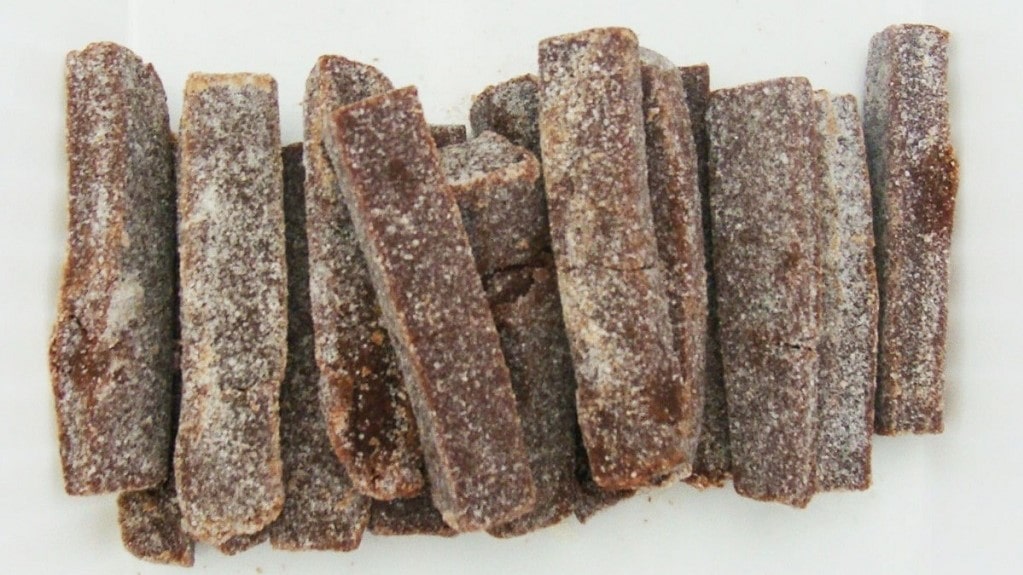
Bananada is a sweet/treat made basically with banana pulp and sugar. We do not know its origin for sure. However, it is supposed that the candy was created in the Brazilian Colonial period to take advantage of bananas that were already too ripe to eat.
Where to eat Bananada?
You will find bananada in supermarkets, street vendor stalls, and natural products houses such as Mundo Verde and Casas Pedro, sometimes even in sugar-free versions. In cities of the Lakes Region (Read also Rio Beyond Rio: 6 cities nearby that you must visit), it is known by the name Mariola, also very popular.
3. Romeu e Julieta (Romeo and Juliet)
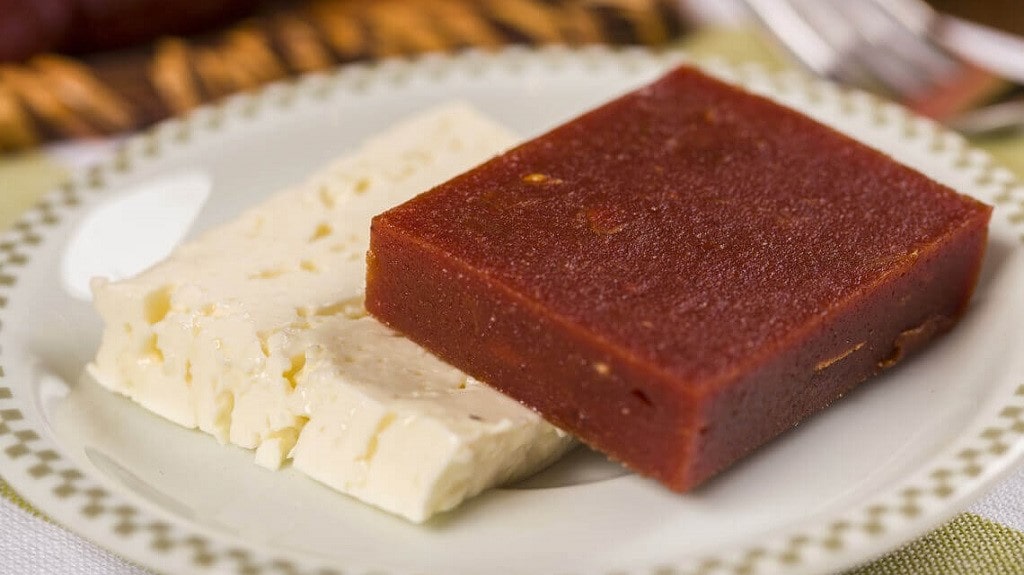
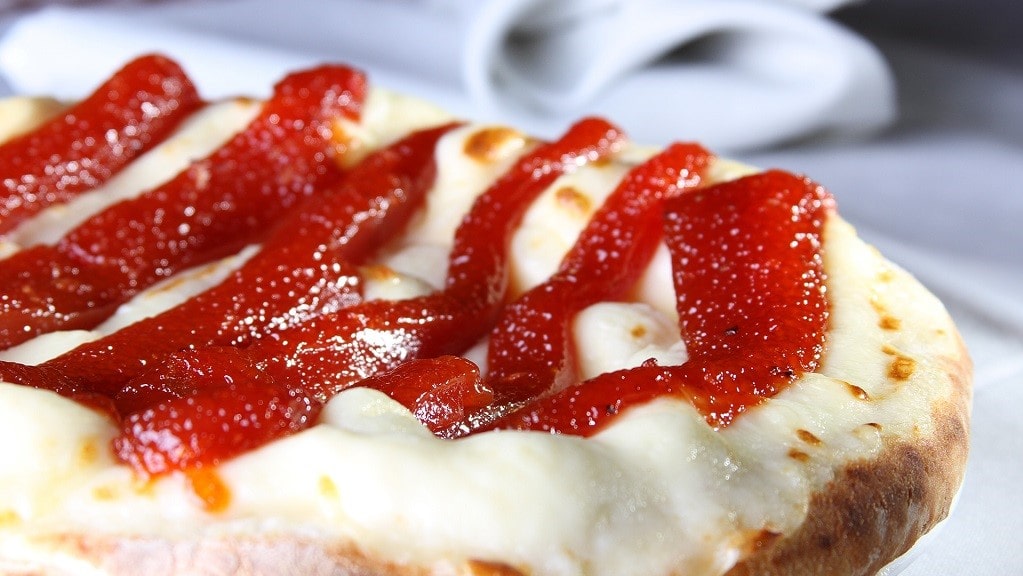
Romeu e Julieta is a classic and traditional Brazilian dessert basically composed of 1 large slice of cheese (Romeu) and 1 large slice of guava paste sweet (Juliet). But before the perfection of flavor (cheese balances the guava sweet), the combination inspired the gastronomic universe and is used in numerous versions of pies, ice cream, jams, mousses, sweet pizzas, among others.
The state of Minas Gerais is likely responsible for the origin of the famous combination. Because it was there that also during the colonial period, the Portuguese began to produce cheese. In Rio de Janeiro, however, the combination is also popular.
Where to eat Romeu e Julieta?
You will find Romeu and Julieta as a Dessert option in many menus of the city’s restaurants.
Phil Rosenthal tasted many delicacies with Romeu e Julieta in the first episode of the fourth season of Somebody feed Phil. Check out his full gastronomic tour here.

Carioca Tip:
If you choose to buy it at the supermarket, look for Catupiry cheese. It is a version of creamy white cheese that only exists in Brazil, and that combines perfectly with guava! (Catupiry is a brand, so look for cheese and don’t confuse it with the version called requeijão).
4. Paçoca e Pé de moleque
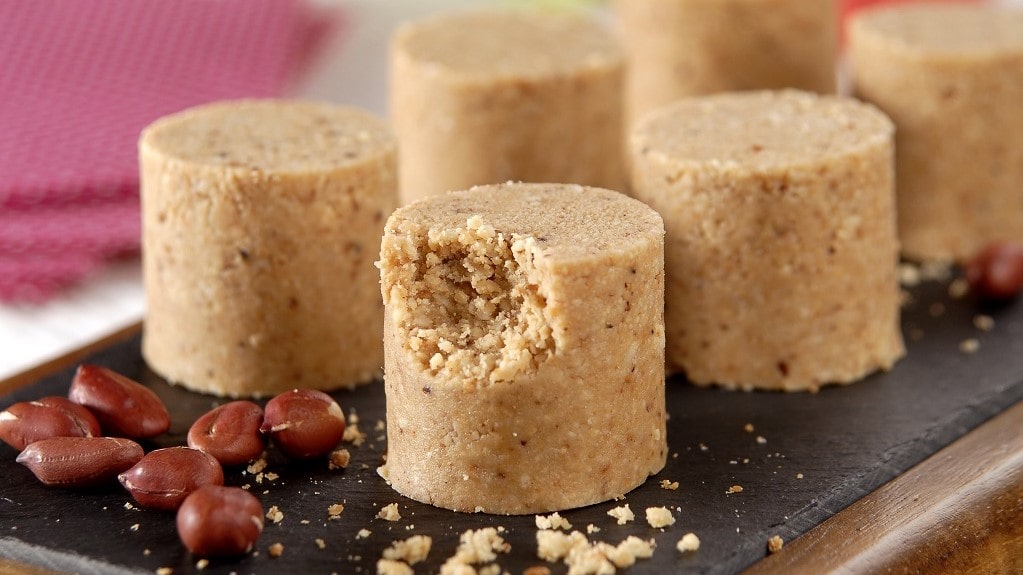
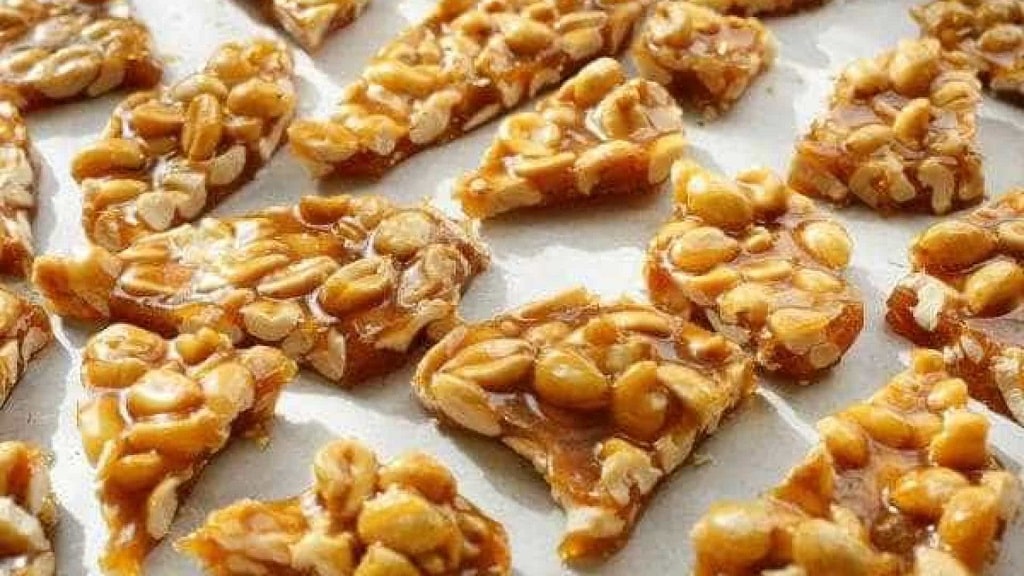
Paçoca (we say: pah-soh-ka) and Pé de moleque are peanut-based sweets, very traditional in Brazilian cuisine, whose origins also refer to the colonial period and the state of Minas Gerais and São Paulo. Both, however, can be easily found all over Rio de Janeiro.
Paçoca (from tupi language po-çoc, “crumble”) is based on peanuts, cassava flour, and sugar and taste very similar to Peanut butter, but sweeter. It is traditionally prepared in Brazil for consumption at Holy Week festivities and Festa Junina (June “country” party). But there are also industrialized peanuts that are sold and consumed all year round.
Now, Pé de moleque (meaning brat’s foot) is made from the mixture of roasted peanuts with rapadura (brown sugar bar). It emerged in the mid-16th century with the arrival of sugar cane. But there are similar versions in other parts of the world. In India, they are called chikki. In Portugal, Pé de moleque is known as nougat. In Mexico, it’s called palanqueta. In Brazil, the funny name is a reference to how the cobblestone streets are called in Brazilian historical cities such as Paraty and Ouro Preto.
Where to eat Paçoca and Pé de Moleque?
Supermarkets and street vendors stalls. Look for the Paçoquita brand: they are the tastier and have better quality.

Carioca Tip:
In Rio de Janeiro, there is a chain of self-service restaurants called” À Mineira” that is inspired by the rich cuisine of the state of Minas Gerais. At this restaurant, you pay a fixed amount for an all-you-can-eat buffet. The value includes the dessert buffet that is always full of various typical Brazilian sweets, among them Bananada, Romeu and Julieta, Paçoca, and Pé de Moleque.
* À Mineira Restaurant: Visconde de Silva Street, 152 – Botafogo, Rio de Janeiro. Every day from 11:30 am.
5. Brazilian Chocolate
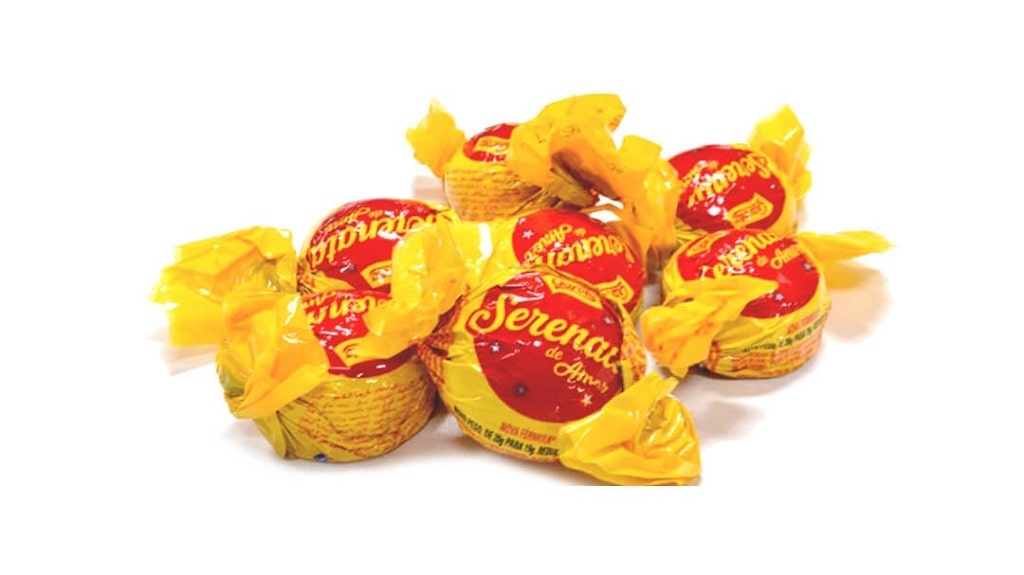
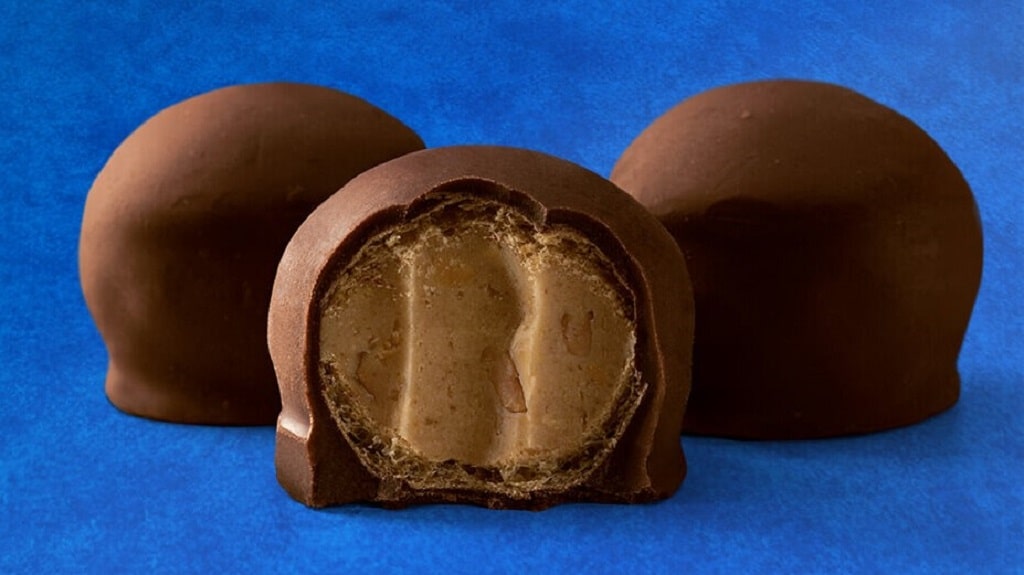
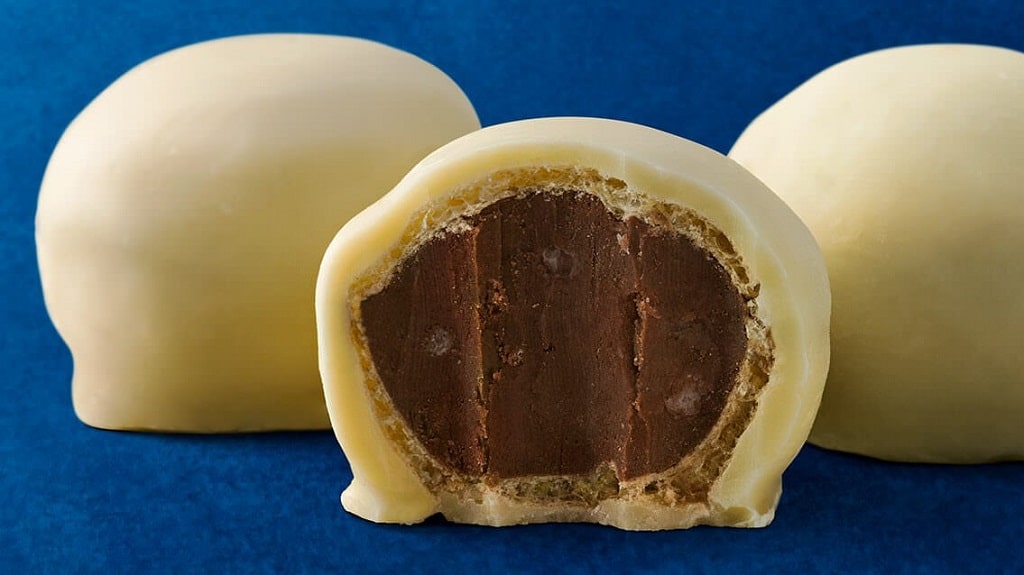
Chocolate is something that definitely needs no introduction. Everyone knows that chocolate is made from the fermented and roasted cocoa almond and that its origin dates back to the pre-Columbian civilizations of Central America. However, cocoa was introduced in Brazil in the seventeenth century by the Portuguese, and its cultivation has existed ever since. No wonder, currently, Brazil is the world’s fourth-largest producer of chocolate.
Although its factories today belong to multinationals, their recipes are genuinely Brazilian and delicious because they contain one ingredient that makes all the difference: cashews and some with Brazilian nuts.
Where to find Brazilian chocolate?
If you are looking for excellent, hand-crafted chocolates, look for stores Kopenhagen and Cacau Show. However, if you prefer to try what’s popular here, try “Serenata de Amor” candy (Garoto brand) or from its competitor Lacta, “Sonho de Valsa” and “Ouro Branco”, my favorite, with white chocolate. You can easily find them in supermarkets, in the hands of street vendors, or at a convenience store called Lojas Americanas.
6. Churros
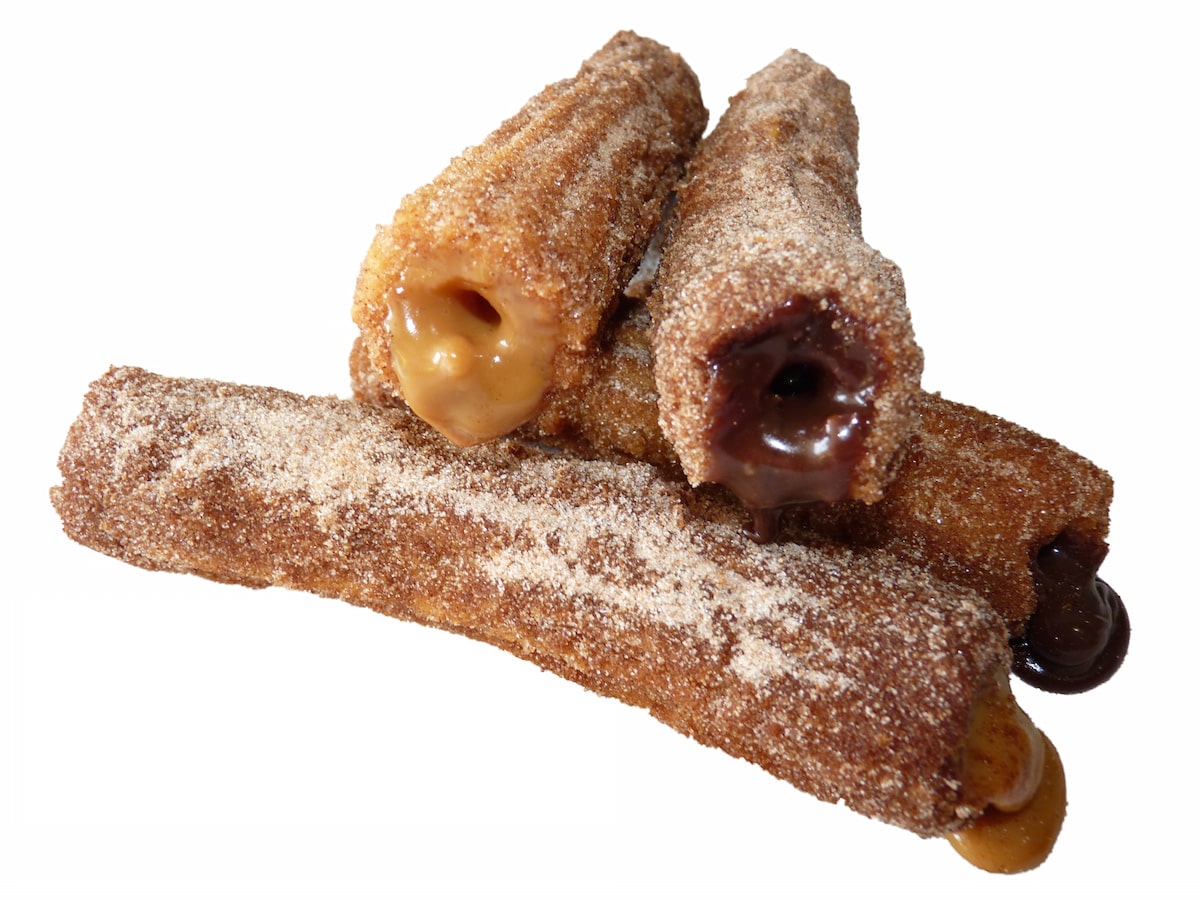
Churros originated in the Iberian Peninsula but became very popular in Rio de Janeiro. As in Portugal, Churros here are filled with doce de leite (dulce de leche, very common in Argentina) or chocolate.
The recipe is prepared based on wheat flour and water, in a cylindrical shape and fried in vegetable oil. Soon after, it can be sprinkled with a layer of sugar on the outside (optionally also with cinnamon).
Where to eat Churros?
Street vendors in trolleys sell the product in squares and open-air events. You’ll find them on the beachfront, at Rodrigo de Freitas Lagoon, in the city center near the museums, squares, and main thoroughfares. You will also find it as a Dessert option in some restaurants in the city.

Carioca Tip:
Look for those street vendors who have a can of doce de leite Itambé on the cart. It is the best!
7. Salted and Sweet Popcorn
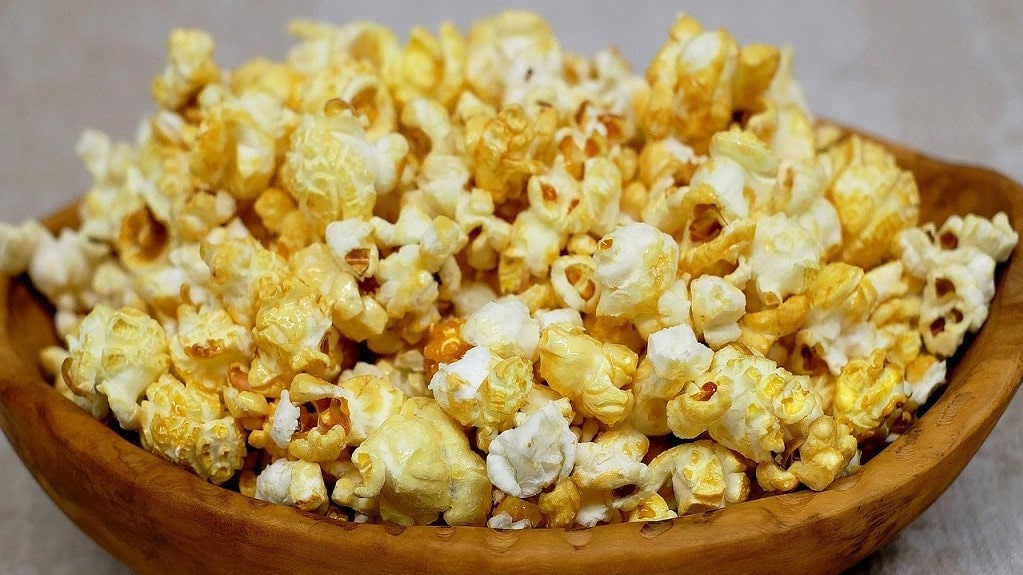
Last but not least, if you want a genuine Carioca gastronomic experience, you should also try one of the mixes that locals like best: sweet and salty popcorn in one package. Popcorn is also very popular in Brazil and one of our favorite snacks when we are in a hurry and don’t want to eat fast food!
Where to eat Popcorn?
Street vendors in vending carts all over the city.

Carioca Tip:
If you want to do like the Cariocas, ask the popcorn maker to mix the sweet and salty versions. Or, if you choose only the sweet, try throwing the beloved condensed milk over it and smear it with pleasure. But just a warning: it is very sugary!
Read also: How to enjoy Rio like a local
Christmas Bonus: Rabanada
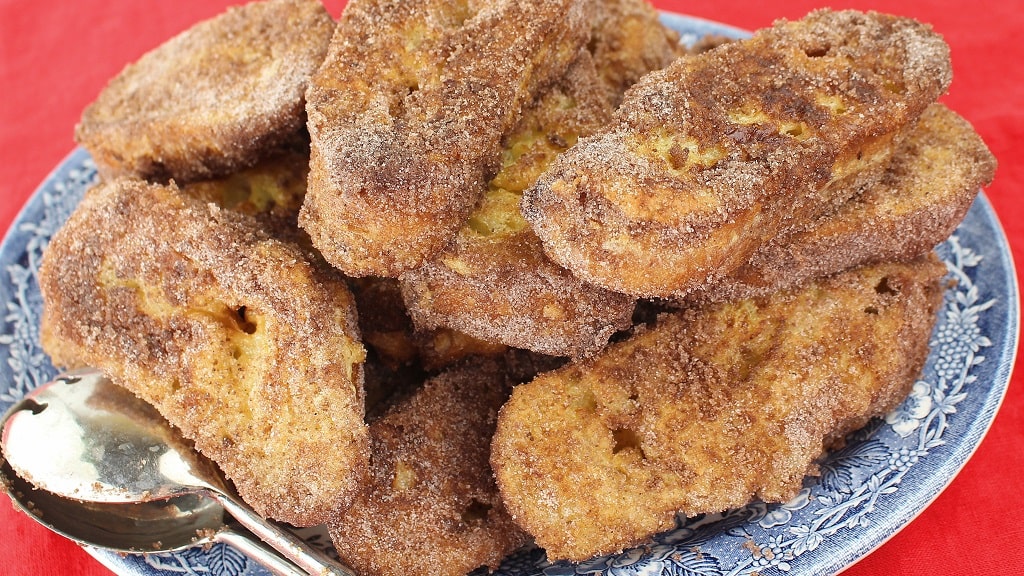
Rabanada, know as Brazilian-Style French Toast, is a sliced wheat bread loaf (Vietnamese roll or baguette) that, after being soaked in milk, is passed through eggs and fried or baked and then sprinkled with sugar and cinnamon. Like churros, their origin dates back to the Iberian Peninsula.
In Brazil, they are very present, particularly in December, as it is considered a Christmas treat and beloved by Cariocas.
Where to eat Rabanadas?
During holidays, it is easy to find them in most of the bakeries and confectionaries of the city, like Colombo Confectionary. Portuguese restaurants also have it available during the whole year at their Dessert menu.
If you need assistance in planning your visit or would like to have a customized itinerary for your trip, get in contact with us!
Our local experts can help you make your trip to Rio de Janeiro unforgettable!
Would you like to have unique and authentic experiences and know the places that only Cariocas know?
Have a look at our unique and customized local experiences and explore Rio de Janeiro like a local.


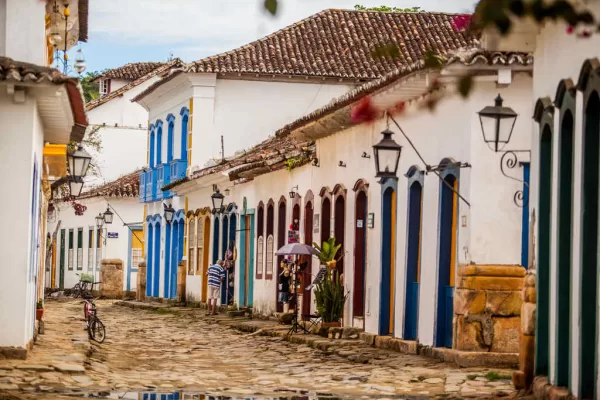
Pingback: Roteiro Gastronômico: Somebody Feed Phil | Rio de Janeiro by Cariocas
Pingback: Rio de Janeiro for Seniors | Rio de Janeiro by Cariocas